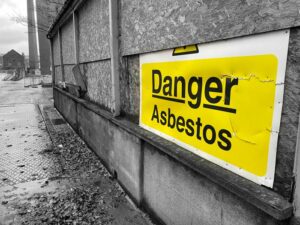Research by a team from the University of Southern California has taken a deep dive into particulate matter and its effect on children’s learning and memory.
The team used exposure prediction models to estimate annual concentrations of 15 common components of PM2.5: zinc, vanadium, silicon, lead, nickel, potassium, iron, copper, calcium, bromine, sulfate, nitrate, ammonium, organic carbon, and elemental carbon at the residence of 8,500 children across the country.
A total of 166 predictors were used, including time and geography information, satellite observation data (eg vegetation, water index, aerosol optical depth), meteorological data (eg temperature, humidity, wind), and emission sources (distance to power plants, highways etc.).
The research also identified six major sources for these emissions: crustal, ammonium sulfate (fertiliser), biomass burning, traffic, ammonium nitrate, and industrial/residual fuel burning.
An association was found between cumulative exposure and worse cognitive performance across all three outcome domains: cognitive, affective, and psychomotor.
Specifically, negative associations were identified between ammonium nitrates and learning/memory, between traffic and executive function, and between crustal and industrial mixtures and general cognitive ability.
Ammonium nitrate forms when ammonia gas and nitric acid, produced by agricultural activities and fossil fuel combustion, respectively, react in the atmosphere. It is also associated with Alzheimer’s and dementia risk in adult.
Senior author Megan Herting, an associate professor of population and public health sciences at the Keck School of Medicine of USC said: ‘No matter how we examined it, on its own or with other pollutants, the most robust finding was that ammonium nitrate particles were linked to poorer learning and memory. That suggests that overall PM2.5 is one thing, but for cognition, it’s a mixture effect of what you’re exposed to.
‘Our study highlights the need for more detailed research on particulate matter sources and chemical components. It suggests that understanding these nuances is crucial for informing air quality regulations and understanding long-term neurocognitive effects.’
Research contributes to mounting evidence that shows that fine particulates PM2.5 are detrimental for memory and cognition for people of all ages.
For their next project, the researchers hope to look at how these mixtures and sources may map on to individual differences in brain phenotypes during child and adolescent development.
The full research can be read here
















Leave a Reply